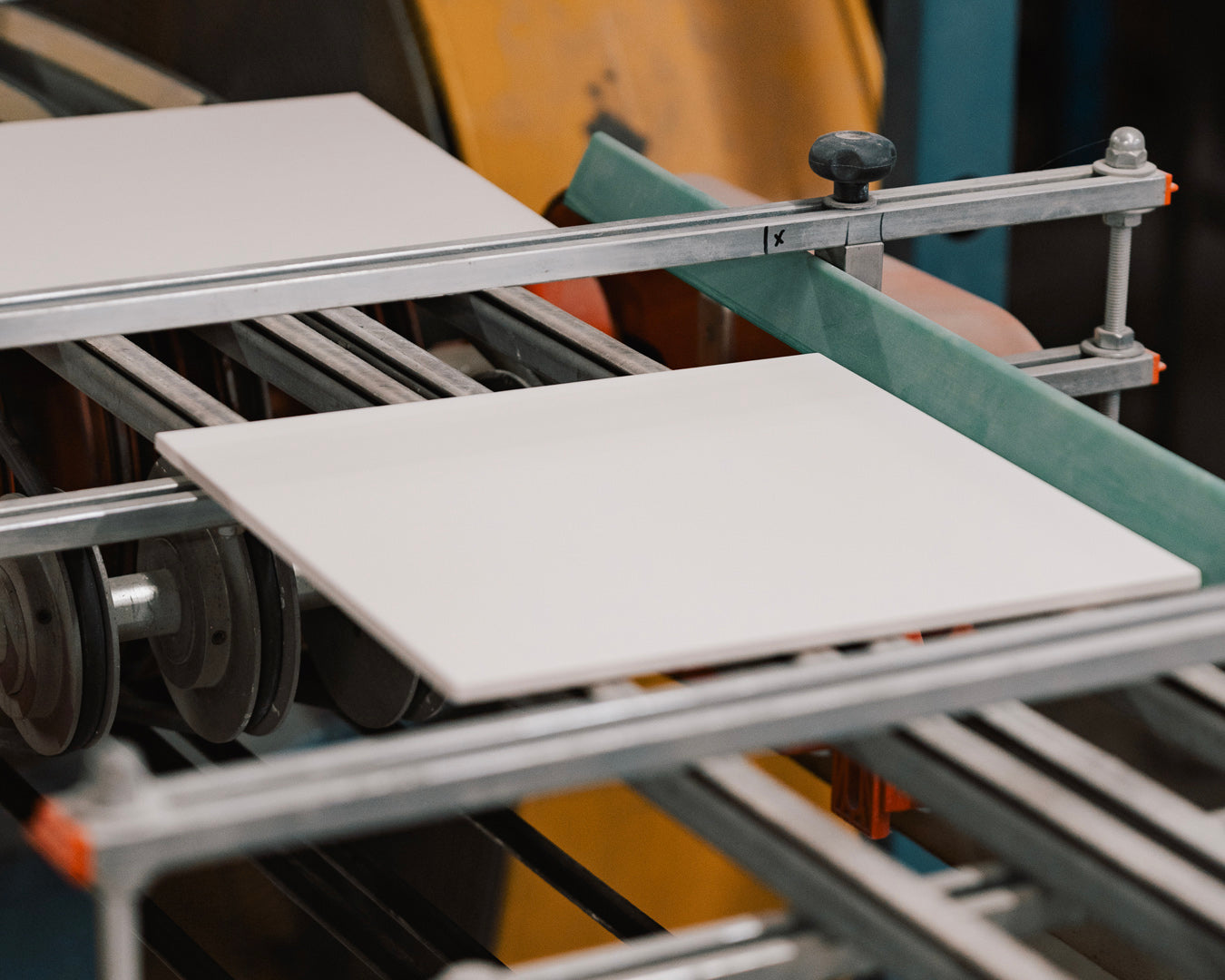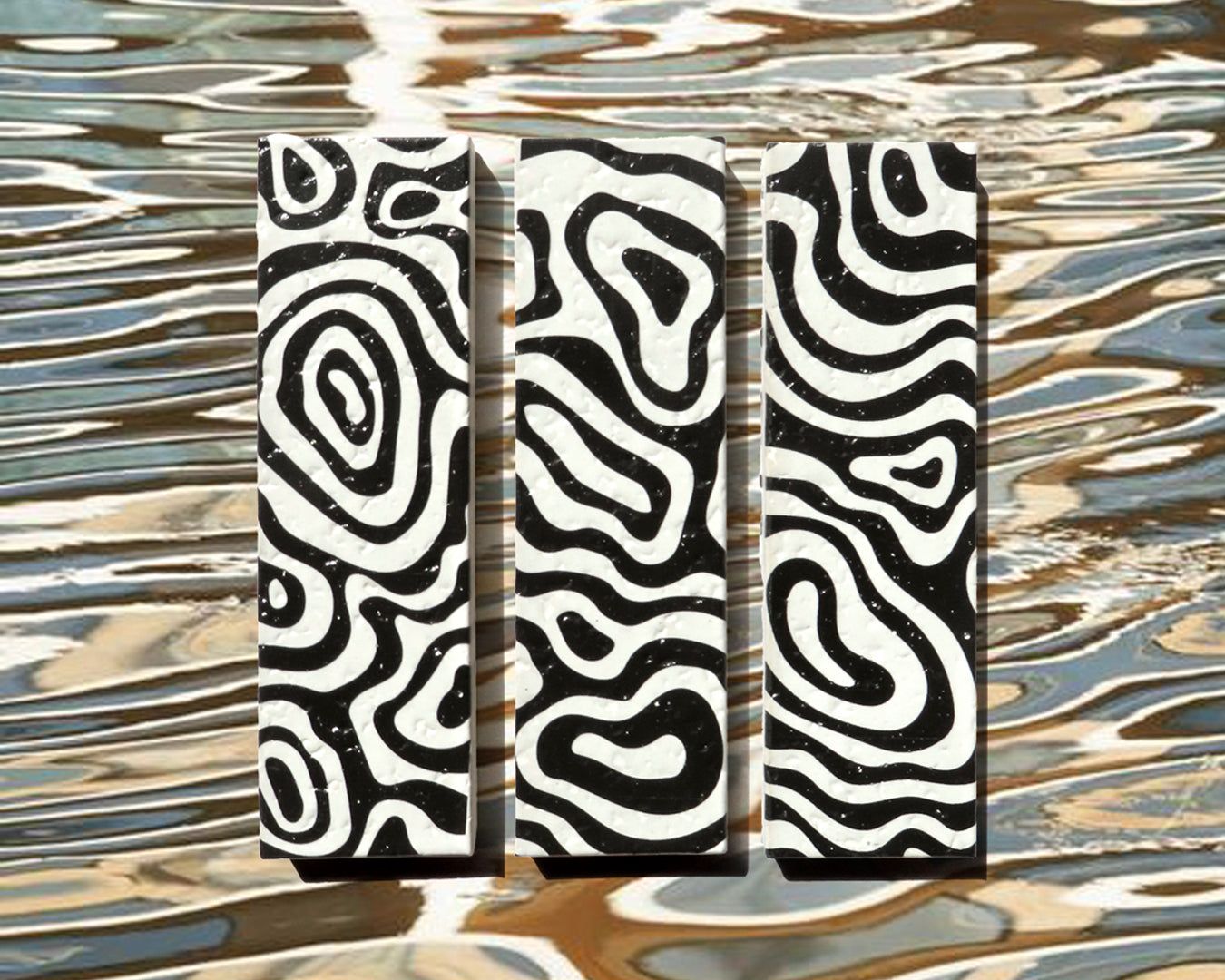Join us in exploring the 20th-century revolutionary design movement that informs our design at Haustile today!
Haustile was born out of an appreciation for the Bauhaus movement. It aligns with our emphasis on form meets function design and passion for collaboration.
We would love to share with you how this design school in Germany married functionality and craftsmanship and became a cradle for modern design philosophy.
Let's set the scene - World War I had just ended in Germany. The arts had felt very much soulless but the gothic energy of impressionism was lifting. People were happy to be free again and eager to create a new world post-war. When they arrived, there was no distinction between artists of different skill sets which had dictated The Renaissance previously. The Bauhaus school has influenced many art schools today, especially in Europe, who have a ‘foundation’ year, where you are able to test out different practices before selecting a major. Bauhaus blurred the distinction between fine art and craftsmanship by placing the same value in practical crafts - architecture, woodworking, and design as fine arts like sculpture and painting.
Walter Gropius, a well regarded architect, was ready for the shift and conceived his brainchild, Bauhaus (German for ‘building house’). It was a multidimensional school for creatives. He saw architecture as a final product of synthesis of arts and wanted to remake the world from the ground up. Which tile do you think he would have had at his feet!?
Gropius believed learning should be available to everyone and released his manifesto stating - “Let us will, invent, create together the new building of the future which will embrace architecture and sculpture and painting in one unity.”
Upon reading this, students and artists of all ages and mediums flocked to enroll in the school. When they arrived, there was no distinction between artists of different skill sets which had dictated The Renaissance previously. The Bauhaus school has influenced many art schools today, especially in Europe, which have a ‘foundation’ year, where you are able to test out different practices before selecting a major. Bauhaus blurred the distinction between fine art and craftsmanship by placing the same value on practical crafts - architecture, woodworking, and design as fine arts like sculpture and painting
According to the London-based modern art museum, Tate, “its aim was to bring art back into contact with everyday life.”
Bauhaus became more than a school. It was a collaborative atmosphere full of artists, thinkers, and creators. Students and teachers lived and worked in the community. It became a lifestyle, a way of thinking, and the movement was born. Life was joyous. Bauhaus nurtured the inner child and believed play is the power that makes creativity possible.
Right: Our 12”x12” STRICE tile in Cypress | Left: Bauhaus Graduate, Anni Albers
Key identifiers in Bauhaus works are abstract geometric shapes such as the square, triangle and circle as well as lines, primary colors and experimentation with form.
The Bauhaus movement propelled abstract painters like Wassily Kandinsky and Joseph Albers as well as influential architects and industrial designers. Marcel Bruer, who was head of the cabinet-making workshop at the Bauhaus designed his namesake chair, which is a staple in modern design.
Although the Bauhaus movement was widely accepted and women were even known to cut their hair and challenge gender norms, women were still often confined to only working with textiles as their medium (notably - Anni Albers!).
Marianne Brandt, a student at the Bauhaus developed an interest in metalsmithing. She was initially not allowed to participate but she insisted and eventually she was allowed. The men she worked with gave her some of the hardest tasks to complete. She later revealed she thought everyone had to do these when they started, but her male counterparts said no, they were simply hoping she would quit.
Teapot by Marianne Brandt, 1924
But Brandt did not quit, she persevered and created some industrial design classics, from lamps to ashtrays, but most notably the teapot which is today at MoMA. It married aesthetics and functionality and came in several variations of alloy and silver.
The Bauhaus school evolved and moved twice in Germany before eventually shutting down amidst the Nazi regime's beginnings in 1933. Many designers and artists moved to the US and other countries, cementing the movement’s worldwide impact with lasting and profound influence.
Today Bauhaus represents modernism and design lead thinking. Its influence spanning from art and media, graphic design and typography to architecture, furniture design, and much more.
A great example is one of the most iconic designers of the 2010s, the late Virgil Abloh, who earned his Master's Degree in Architecture before starting his own fashion label and being appointed Men’s Artistic Director at Louis Vuitton, as well as an esteemed DJ, artist, and collaborator.
Virgil Abloh by Kaleidoscope Magazine
This blurring between creative disciplines speaks to us at Haustile because we fuse skilled craftsmanship and artistic vision and champion collaboration in our work. When creating each tile, we optimize utility without sacrificing our design language.
We approach design from a holistic perspective, seeing how we can bring a space to life from ideology to form. We have a diversity of thought - there is no one way to do it! We love to challenge the norm and change the way people think about tile. So let's build a house! (English for Bauhaus).

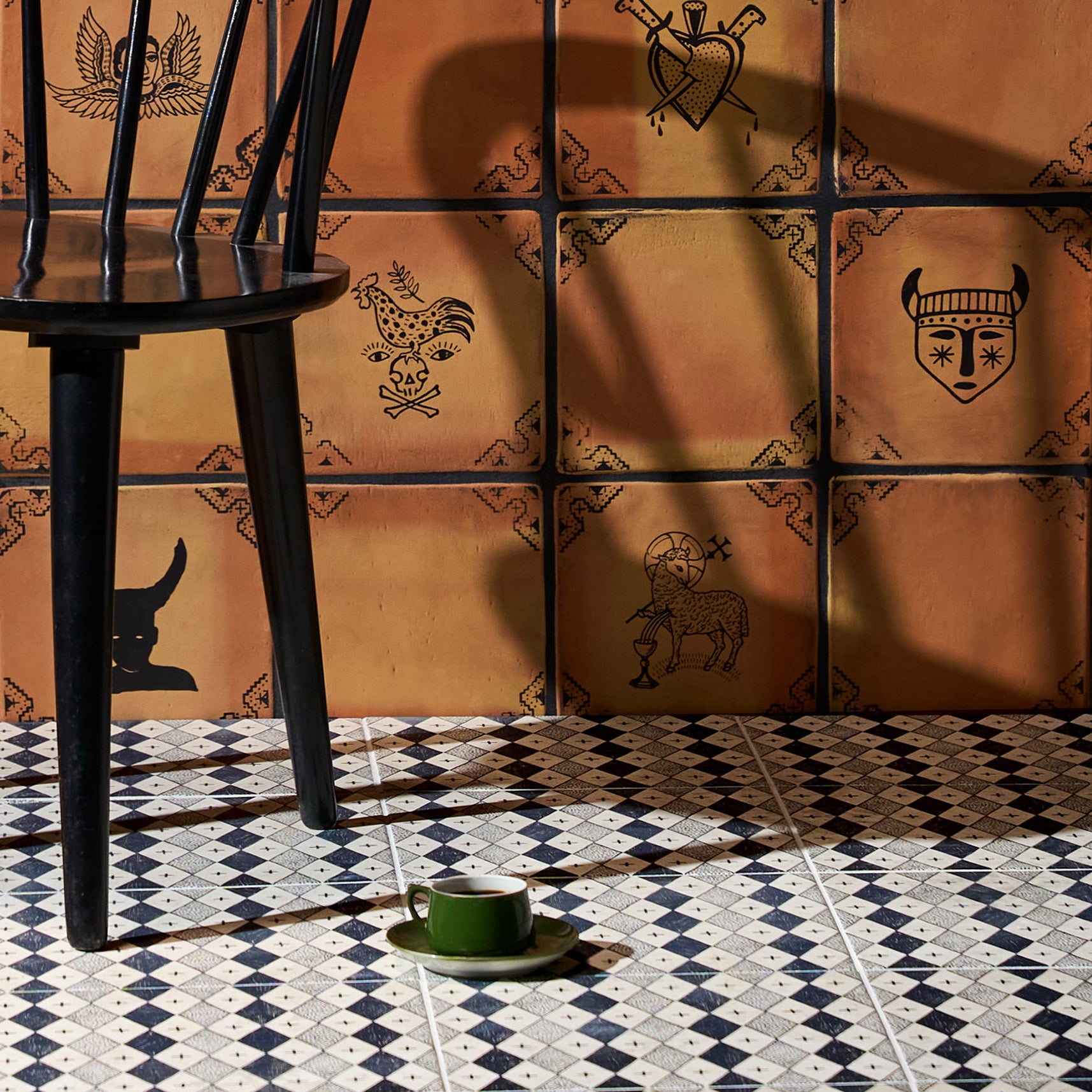
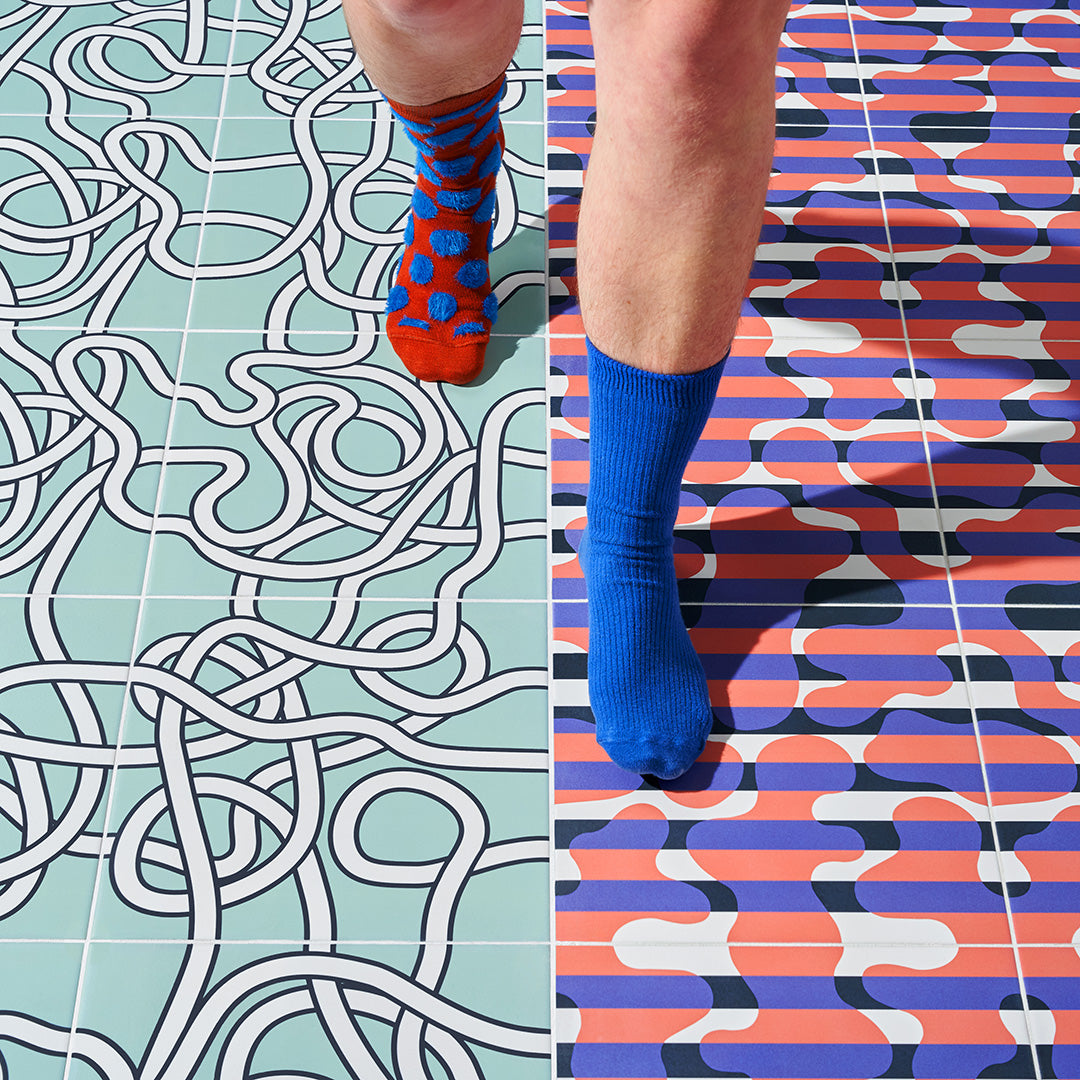
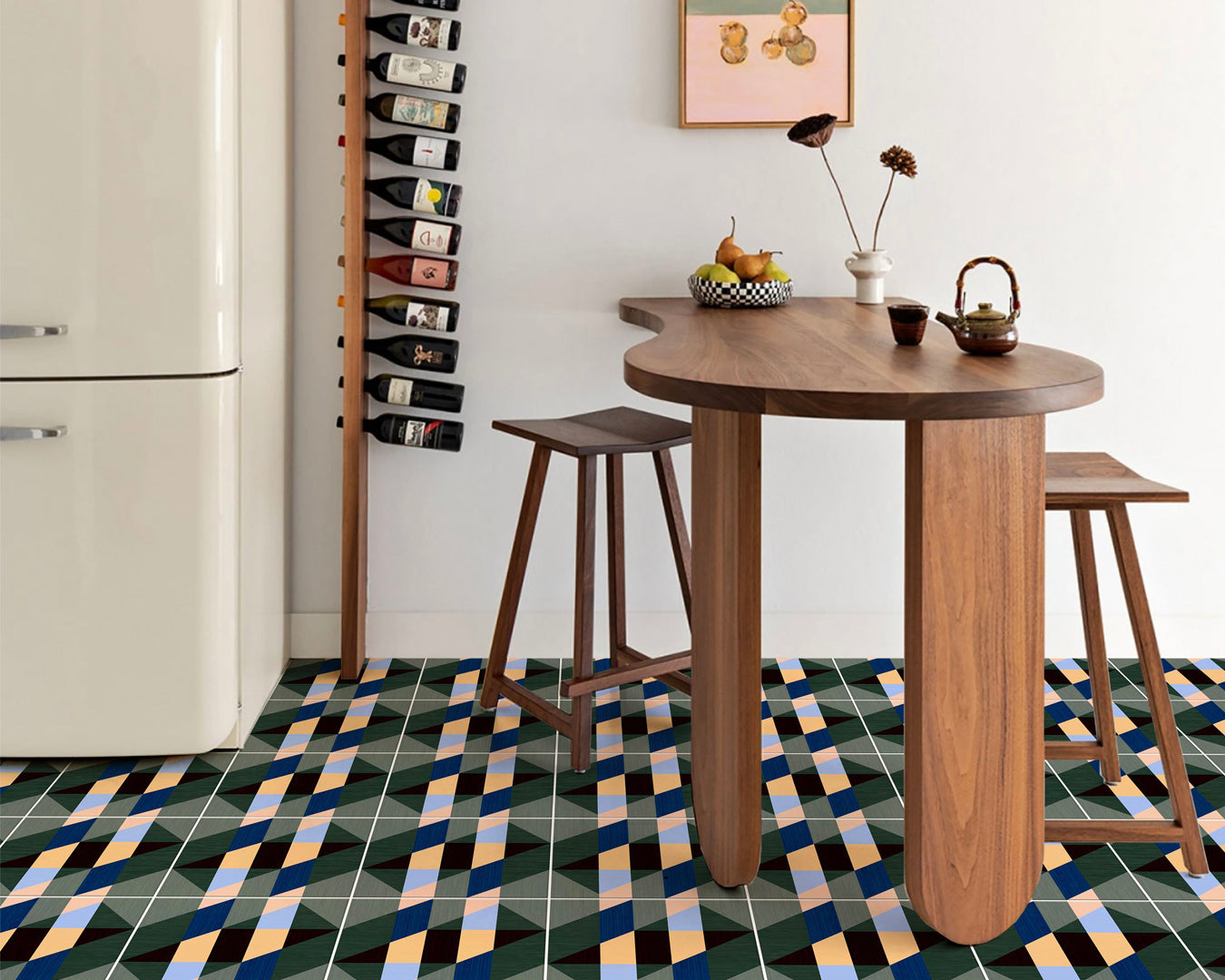

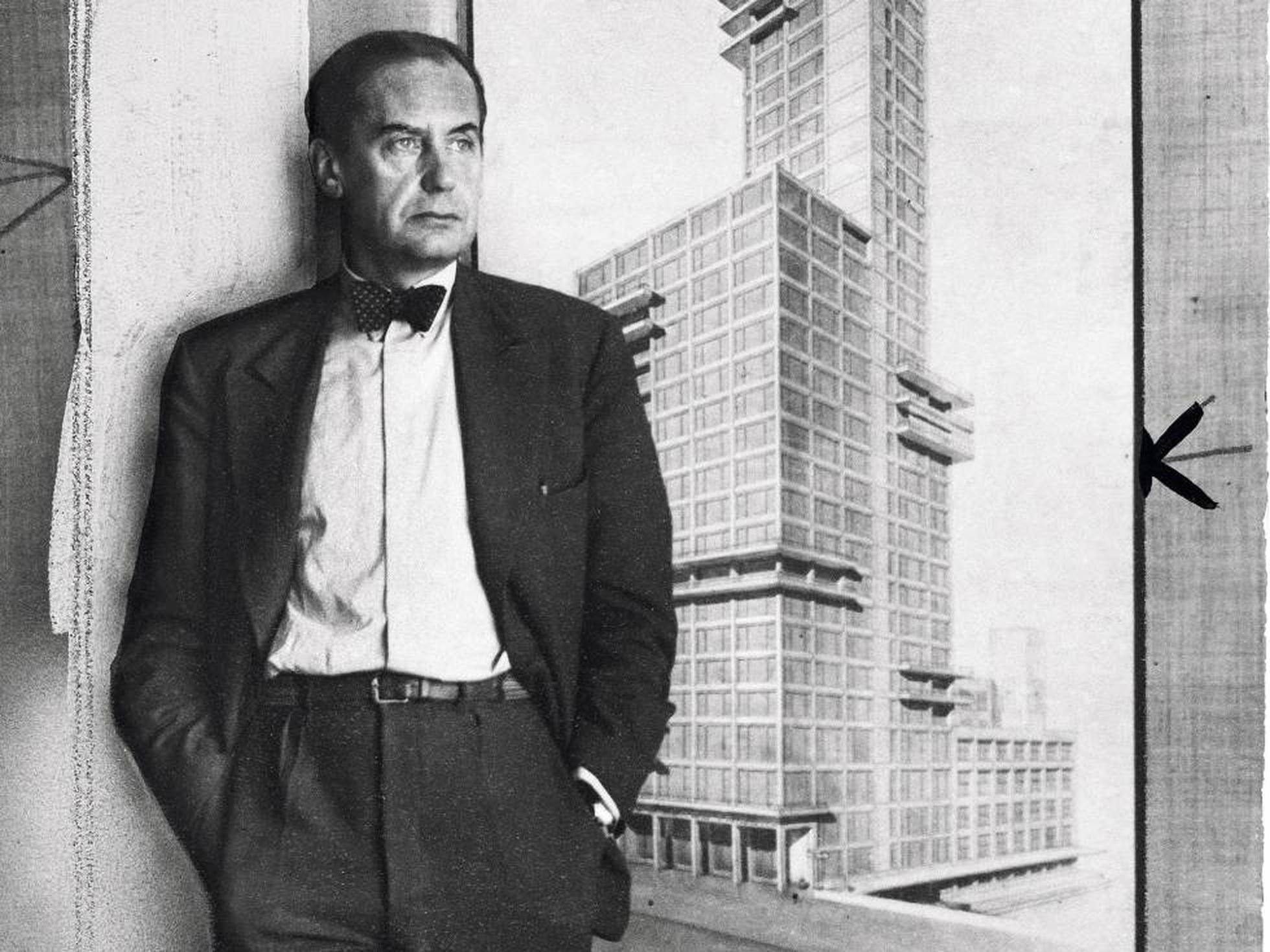 Walter Gropius, German-American Architect & founder of the Bauhaus School
Walter Gropius, German-American Architect & founder of the Bauhaus School



